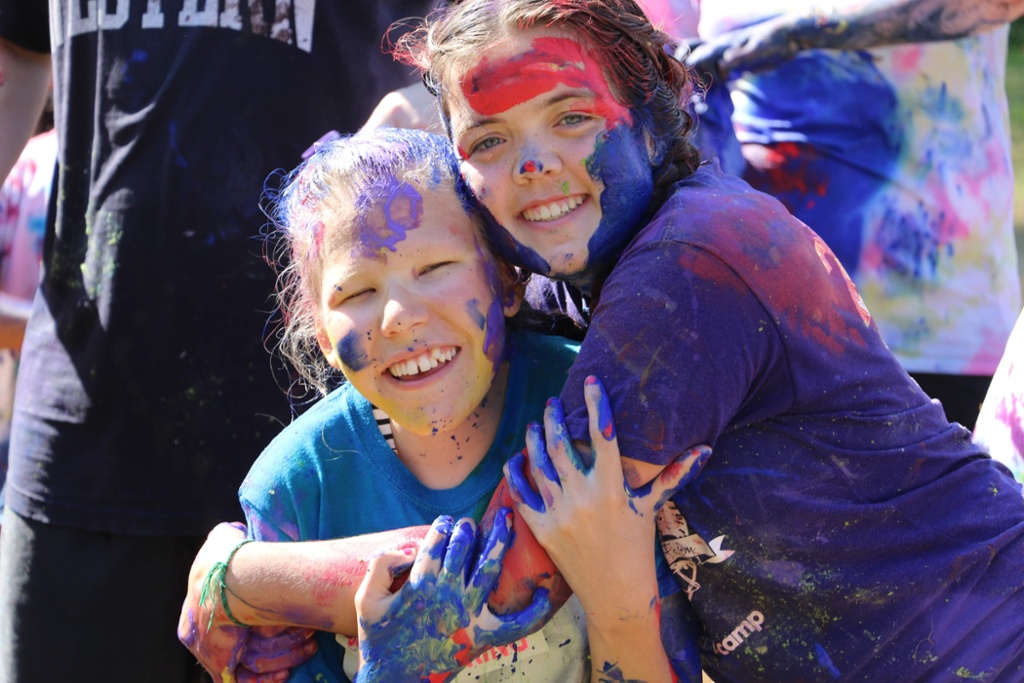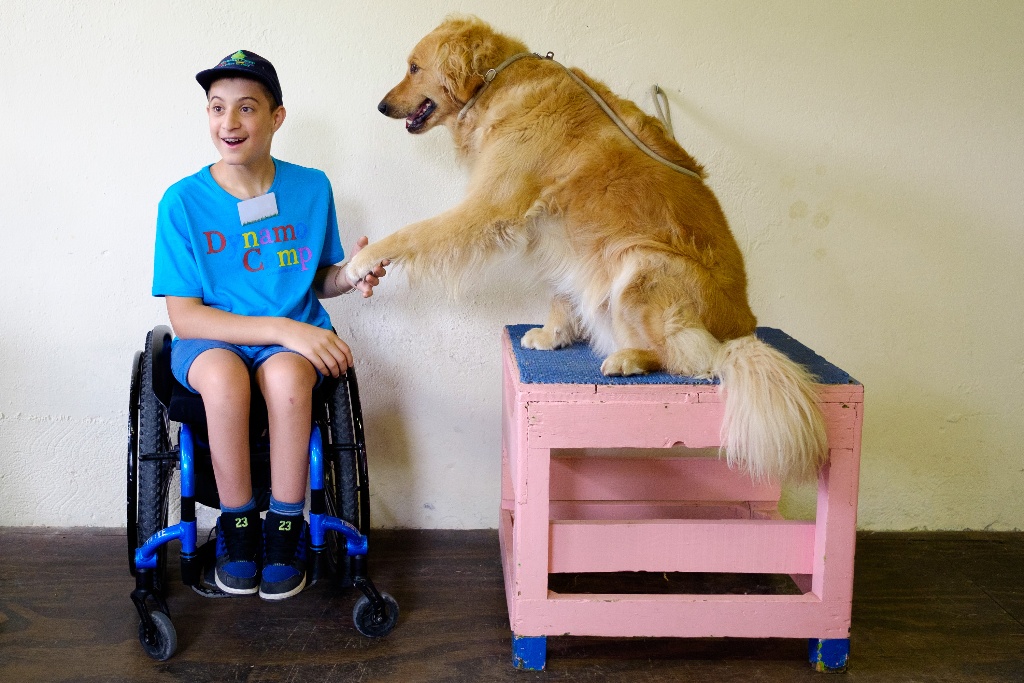 |
Stephanie Hartnett |
 |
Allison Csonka |
We're all living through unprecedented times, and while it seems there are many things we could use more of right now, generosity and kindness are among them. For kids, now is as an important time as any to learn about these values and adopt them as life-long practice.
Research has found that children who regularly give back are less likely to bully others, have increased self-esteem, and better overall health. The good news is this: Anyone of any age can give because there are so many opportunities and ways to do so. Read on for some simple ideas to encourage a practice of giving for the kids in your life.
Teach Kindness and Generosity
Instilling a sense of generosity in children can be a rewarding and fun experience with long-lasting effects. But it can be difficult to know where to start. Here are a few ideas to begin.
-1.jpg?width=1024&name=SRG_9093%20(1)-1.jpg)
1. Model Your Values
As with most things, generosity is something children learn from the adults around them. Children model their grown ups' behavior and are much more likely to repeat acts of kindness if they witness the caregivers in their lives doing the same. Think of how you currently give back to the community and actively incorporate your child in these moments. Deciding how to allocate your year-end donations? Tell your kiddo about your favorite charities and why you give to each of them. Making a donation of goods like toys, food, or blankets? Have them help and explain where the items are going and why. Volunteering an hour a week at a local food pantry? Make sure your child understands what you’re doing and why. By simply sharing your involvement with your little one, or asking them to help you select the appropriate clothing for that town cleanup, your child will witness how you put your values into practice.
2. Identify Your Child's Interests
It can feel overwhelming at first. Where to begin when there are so many people and places in need? Generosity and kindness start on a personal level, which can be a great place to start building an understanding with your child. Sometimes it’s helpful to start with what your child knows. For example, let’s say their favorite animal is a dolphin. Through that lens, you can talk about issues that affect aquatic life, and discuss organizations that support river and ocean clean-ups. Once you and your child identify a few interests that are close to heart, you can learn about specific organizations and community needs together!
3. Learn About Causes Together
There are a lot of ways to do a lot of good. As SeriousFun founder Paul Newman once said, “The need is great, and so are the opportunities to make a difference.” Right now, amid the pandemic, the needs are great. If you have the capacity, perhaps you and your child can research the many kinds of organizations and opportunities that exist to support different communities. Simply exposing your child to a myriad of organizations and their missions will help open their eyes to the need that exists in the world and the different ways that those needs are being met. You can find list of local and national organizations by visiting Charity Navigator and GuideStar. Try starting with local organizations and causes where your involvement and impact may be more tangible.
Put Kindness Into Practice
Giving is not a one-size-fits-all approach. There are many ways to give and each are equally important to a cause or organization in need. The key is to start small and remember that it all counts.

1. Pay It Forward
Small gestures of kindness can make someone's day — and might be especially appreciated during the current pandemic! You could paint kindness rocks and leave them around the neighborhood. You might send a digital note of encouragement to children living with a serious health challenges who are especially isolated during this time. Try writing a card of appreciation to teachers, neighbors, loved ones, or even people you don't know (such as people in the military or nursing homes).
2. Volunteer
Don’t underestimate how valuable your time is to a worthy cause and how that can create connections between your child and their community. For as little as an hour a month, kids can volunteer to read to animals in a shelter, participate in a toy drive, or even offer to rake leaves, mow the lawn, or shovel snow for a neighbor in need. From toddler to teen, this is an effective way to teach your child about giving, while also getting in some quality family bonding.
3. Donate Goods
One simple and relatively easy way kids can help is by having them go around the house and pick a couple of their gently-used toys that can be donated to a local organization. When they’ve made their selections, engage them and put a face to the child they hope their toys will go to. You can also have them tag along on your trip to the store to shop for items to donate to the local food pantry. Charity Navigator and GuideStar are great resources to ensure your donated goods are going to good — and intended — use!

4. Provide Financial Support
If children wish to, they can donate some of their allowance or birthday and/or holiday funds to their favorite cause. You can also implement three piggy banks. The idea behind three piggy banks it to start teaching your child about allocation of money from an early age. One piggy bank is for spending, the second is for saving (for something they want in the future), and the third is for sharing (to give to a charitable cause of their choosing). You and your child would agree to the percentage of each dollar earned that gets allocated to each piggy bank. In thinking through these three ways to allocate money, children can learn valuable financial and life lessons.
5. Rally Others To Join You
During this time when it’s difficult to gather in-person, use your creativity and think through ways you could raise money for a cause close to heart. Traditional events or lemonade stands may not be appropriate right now, but perhaps a letter writing campaign or Facebook fundraiser could be put to good use. Depending on your child’s interest and skills, they might try a T-shirt fundraiser, balloon raffle, or viral video challenge. There are also many ways to virtually fundraise for important causes. At SeriousFun, you can share your support with friends and family by creating your very own SeriousFUNraiser.
As the health and safety of our campers, families, volunteers, and staff is always our top priority, we're closely monitoring COVID-19 here at SeriousFun. To learn more and check on the status of upcoming or future camp and program sessions, please click here.
To learn more about SeriousFun Children's Network, visit www.seriousfun.org or contact us at info@seriousfun.org.






